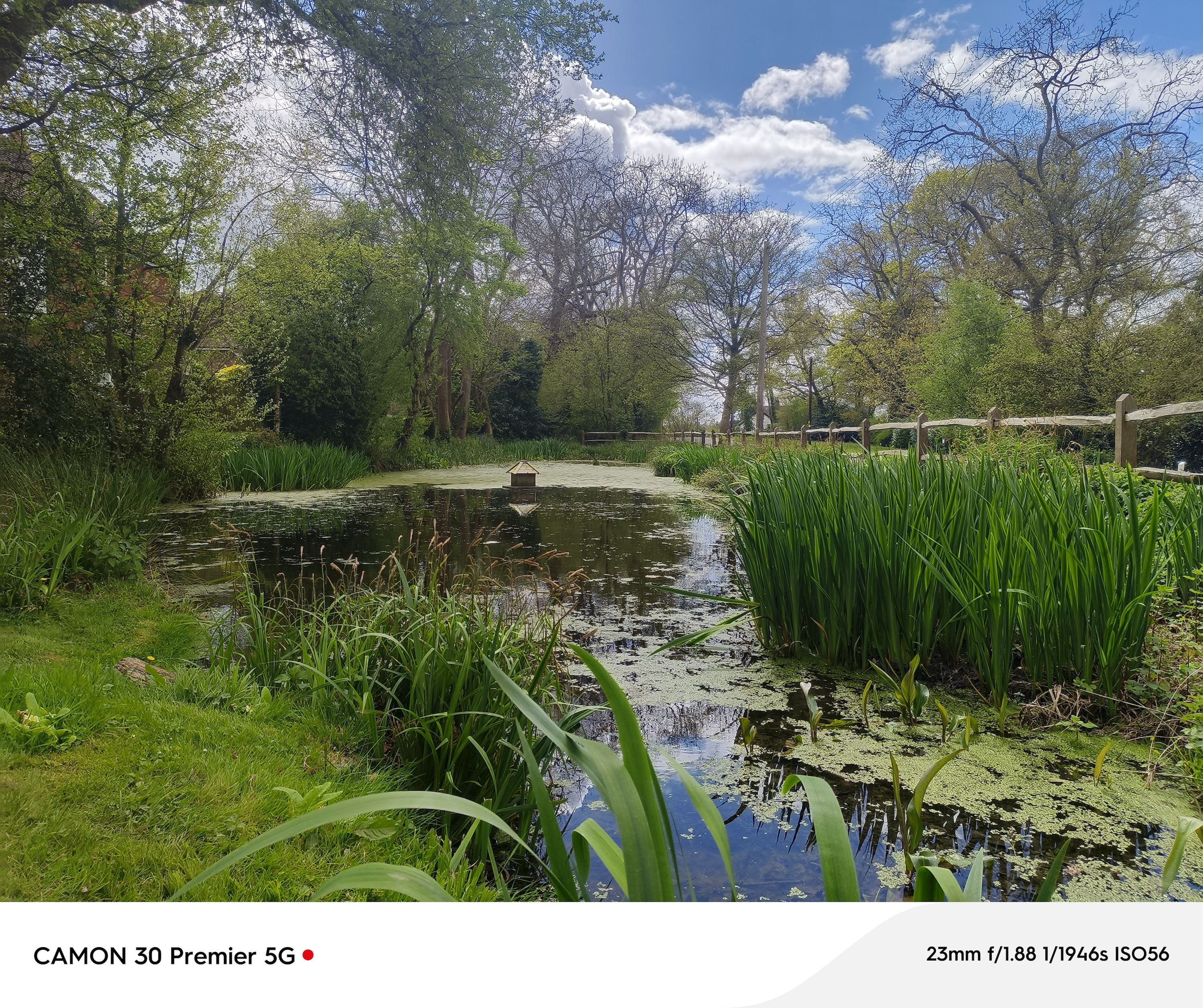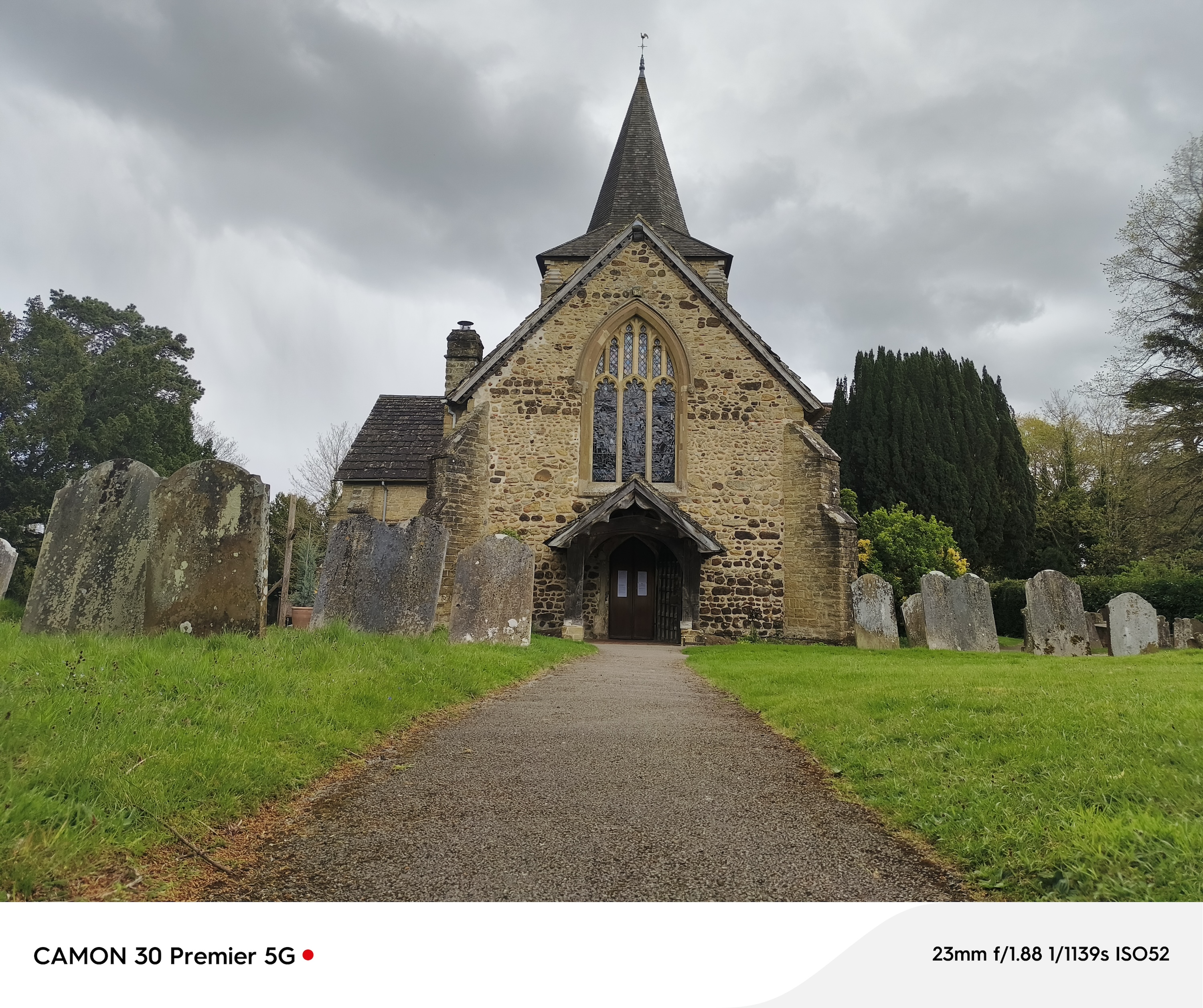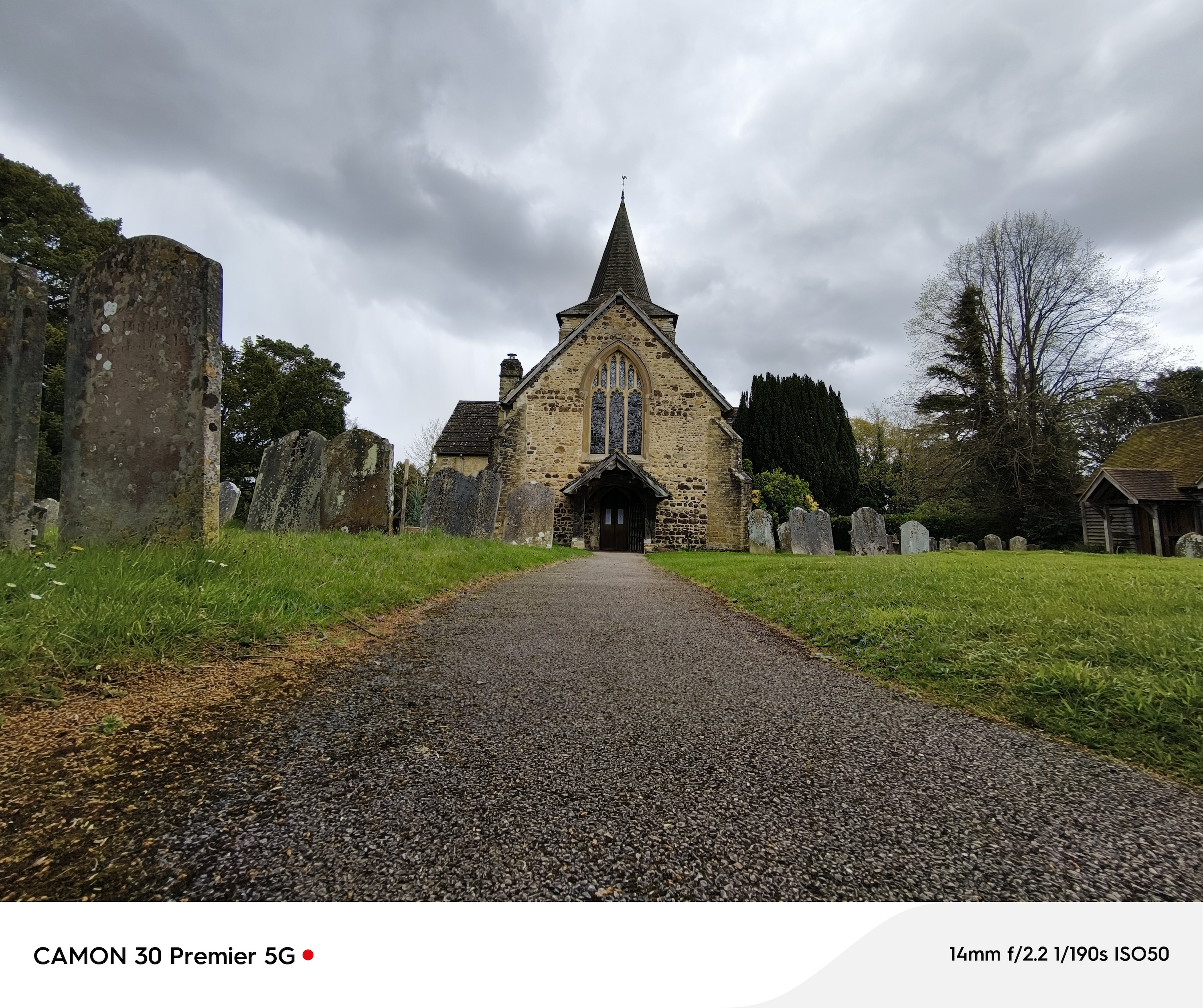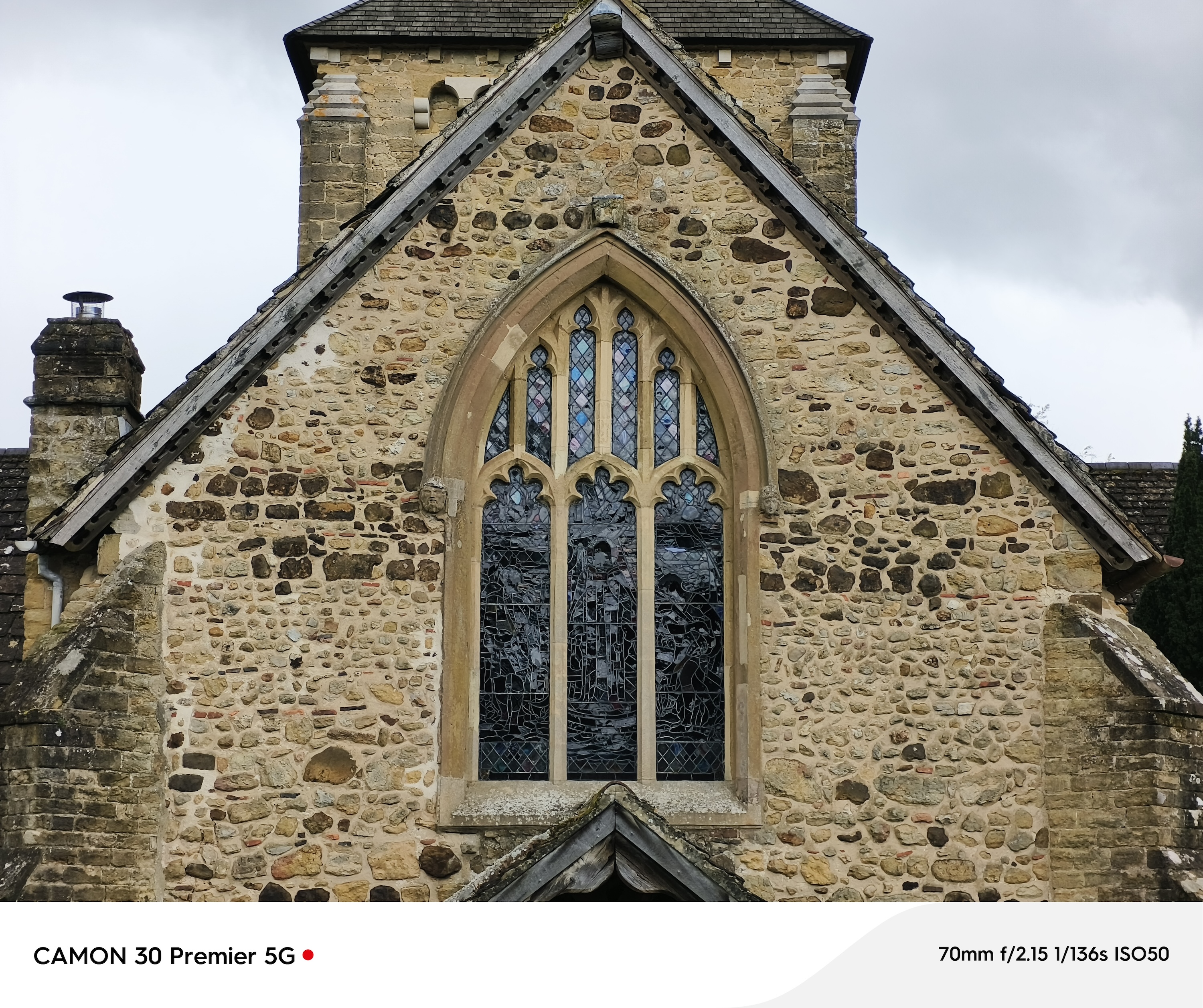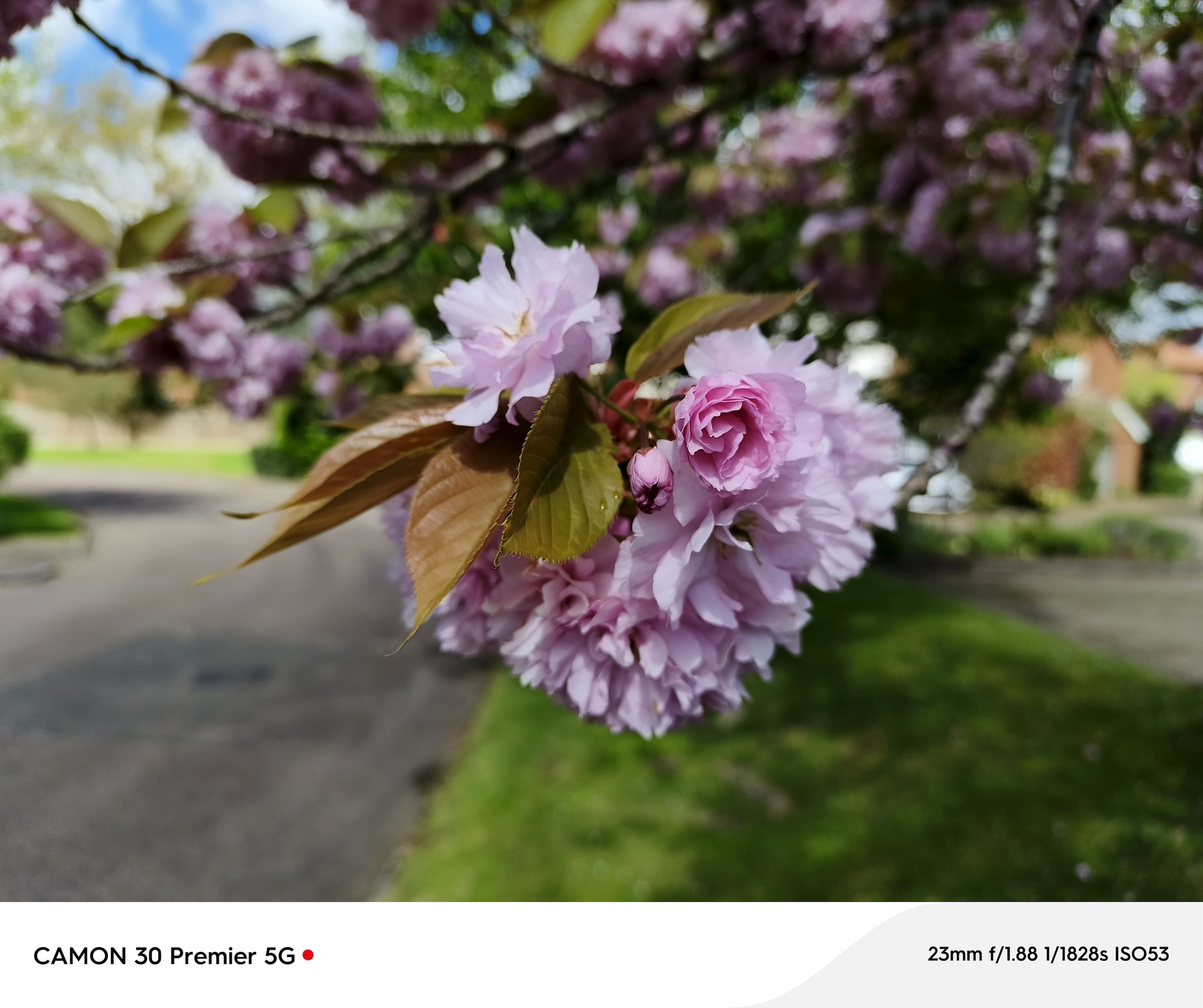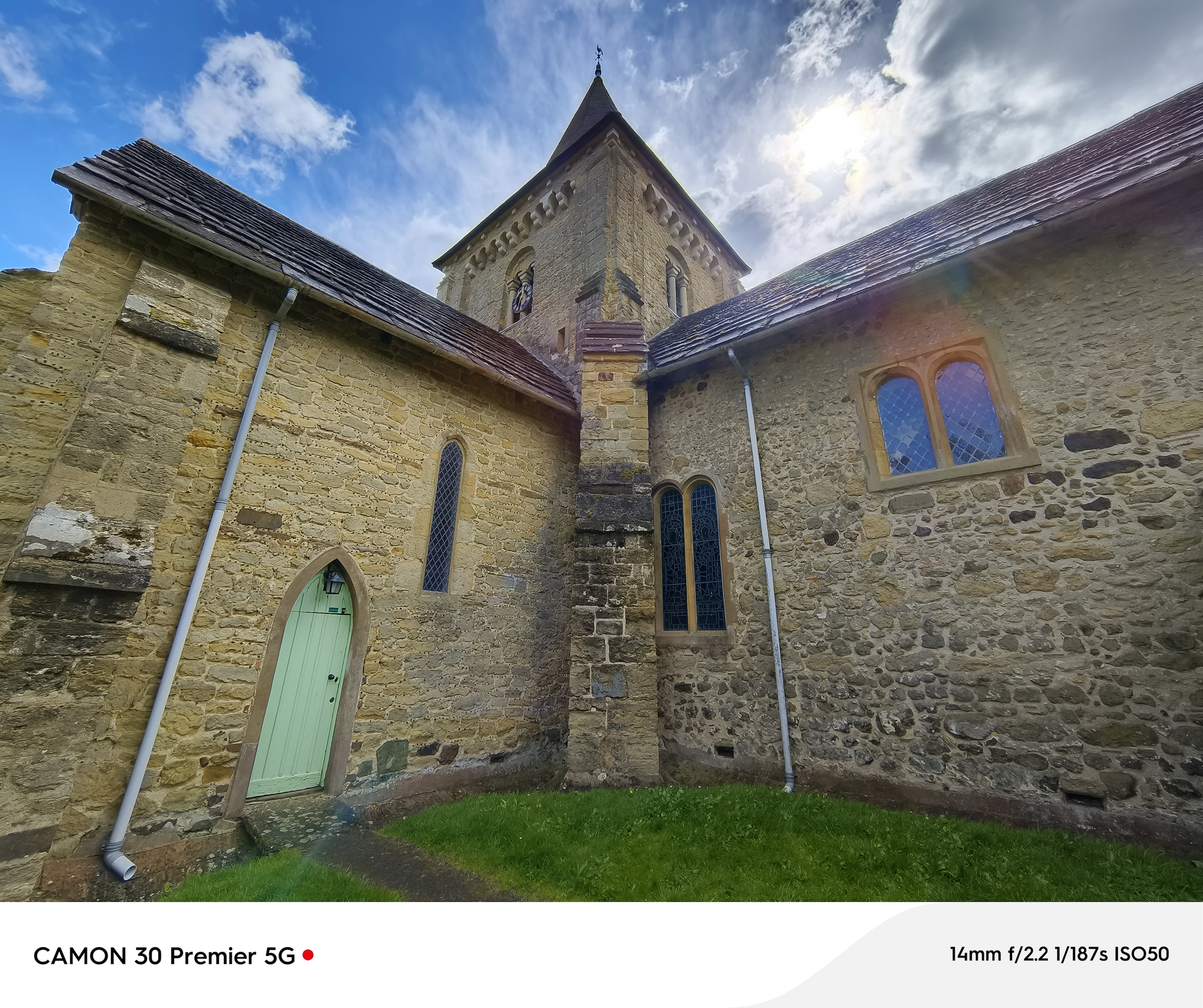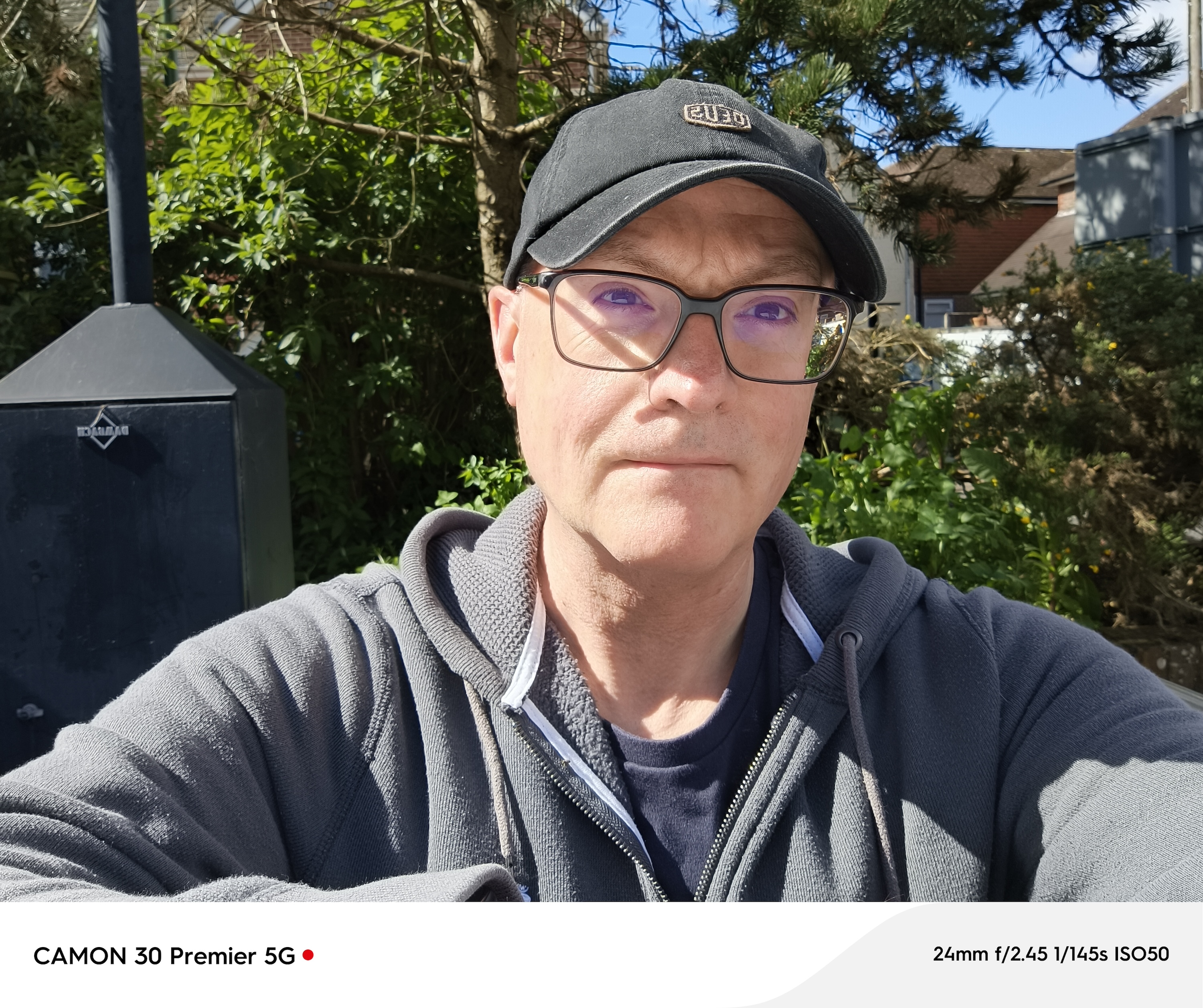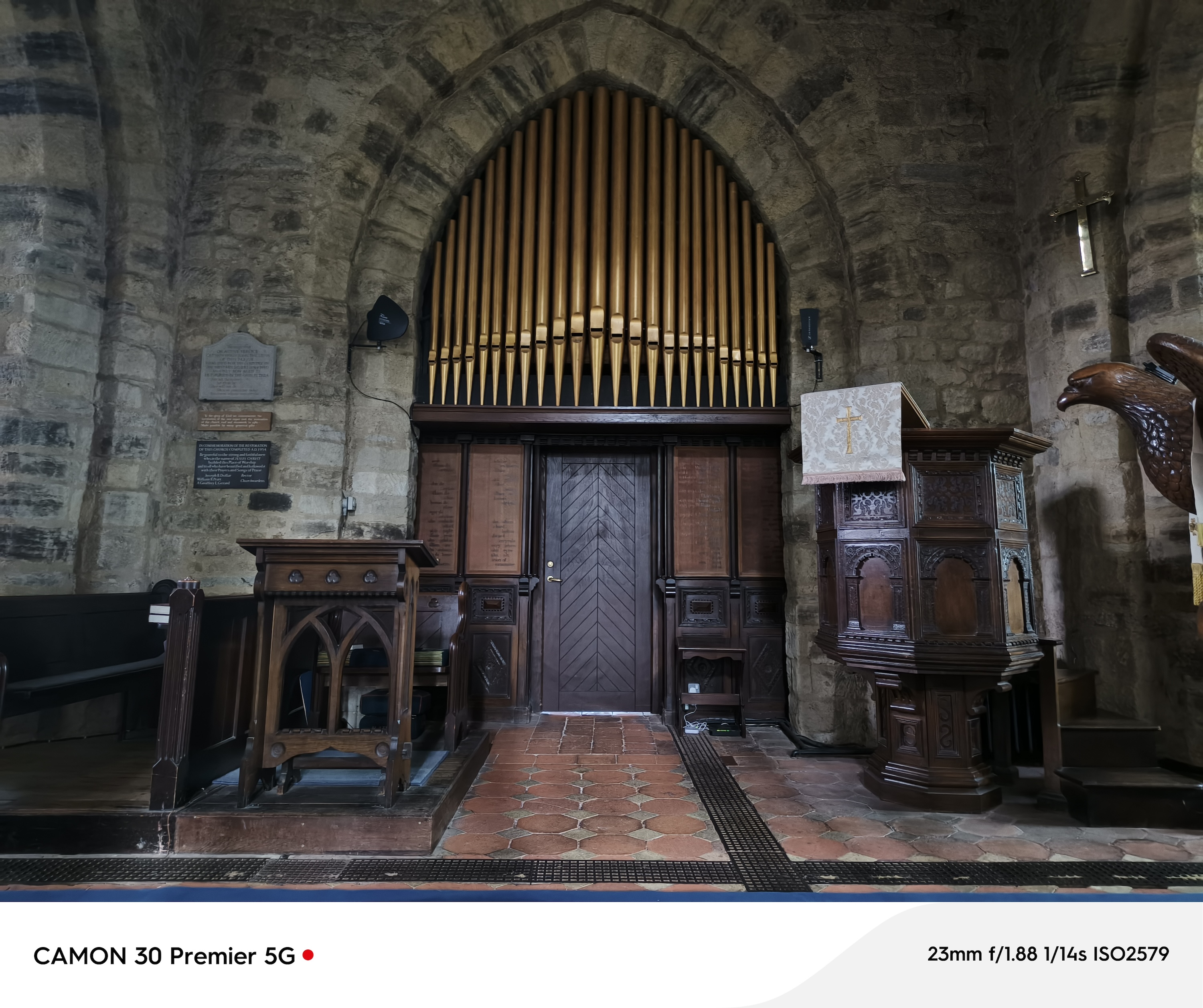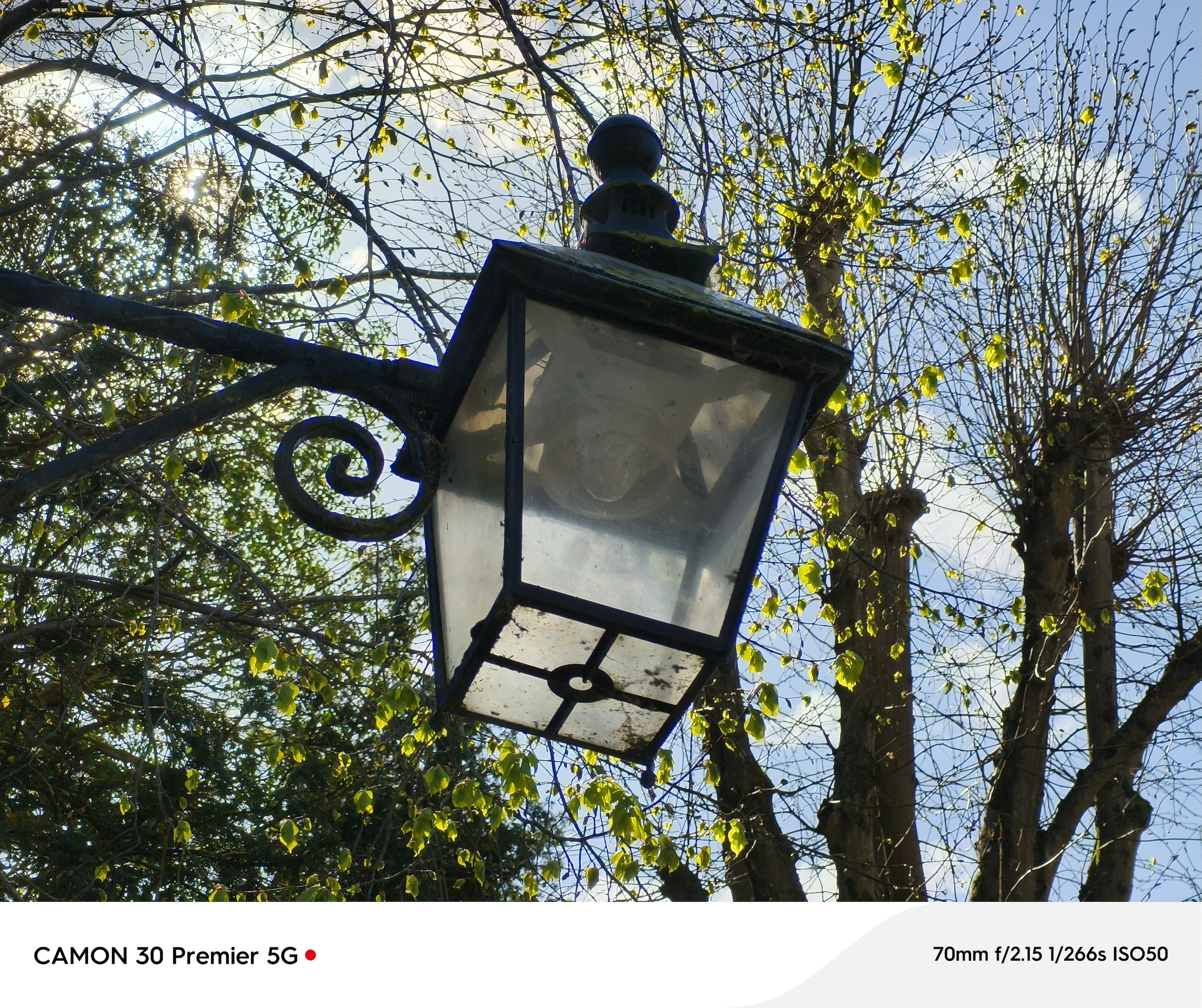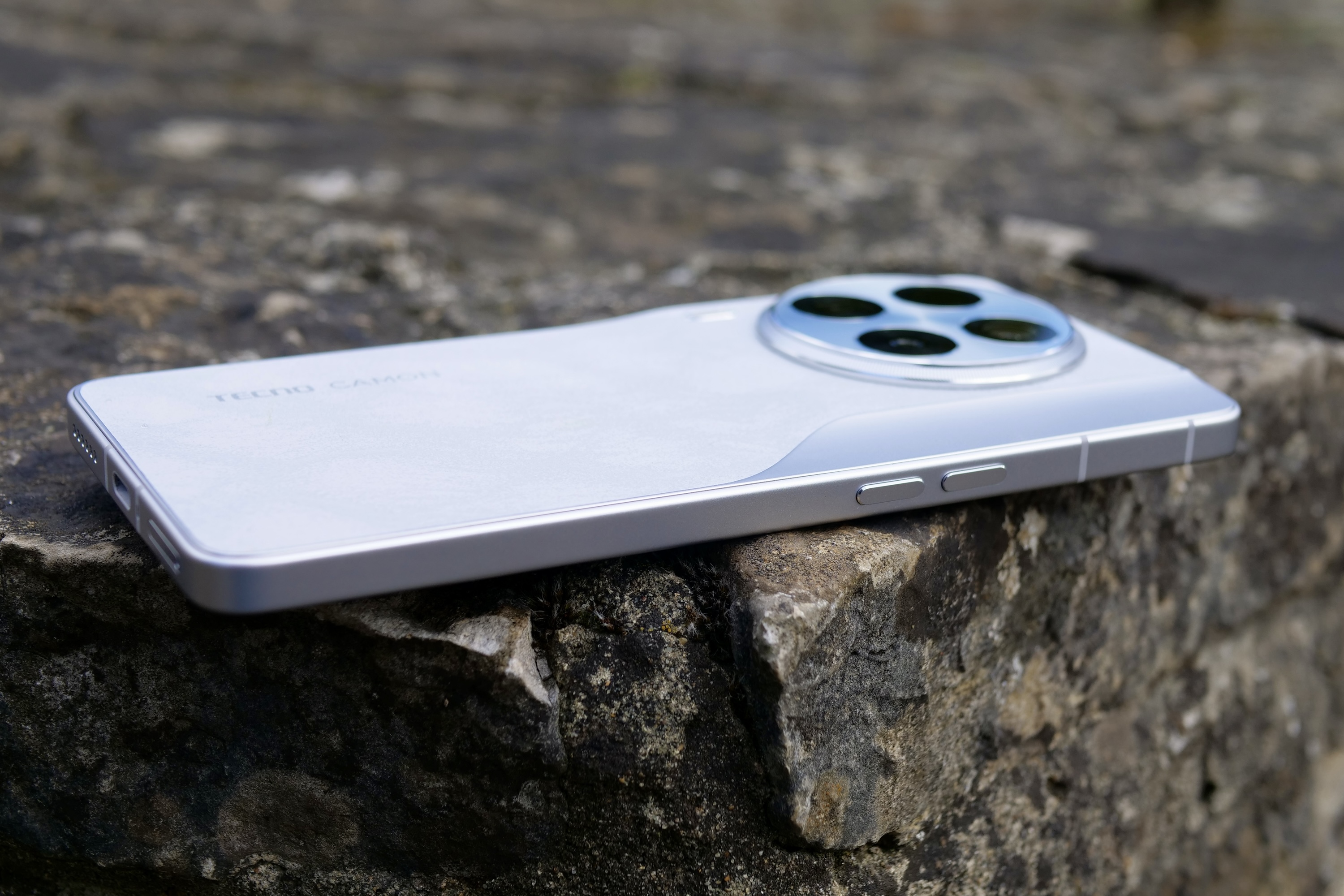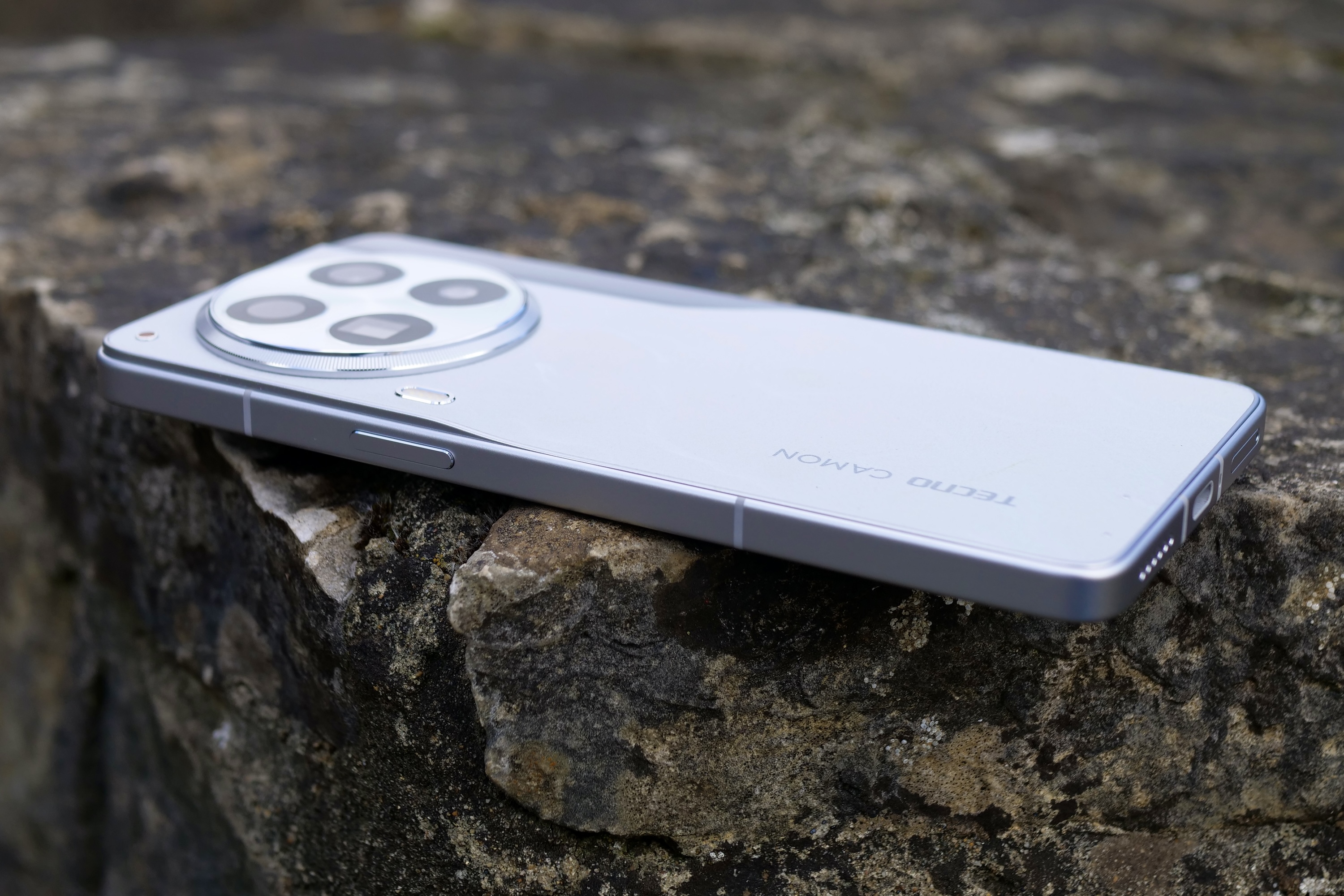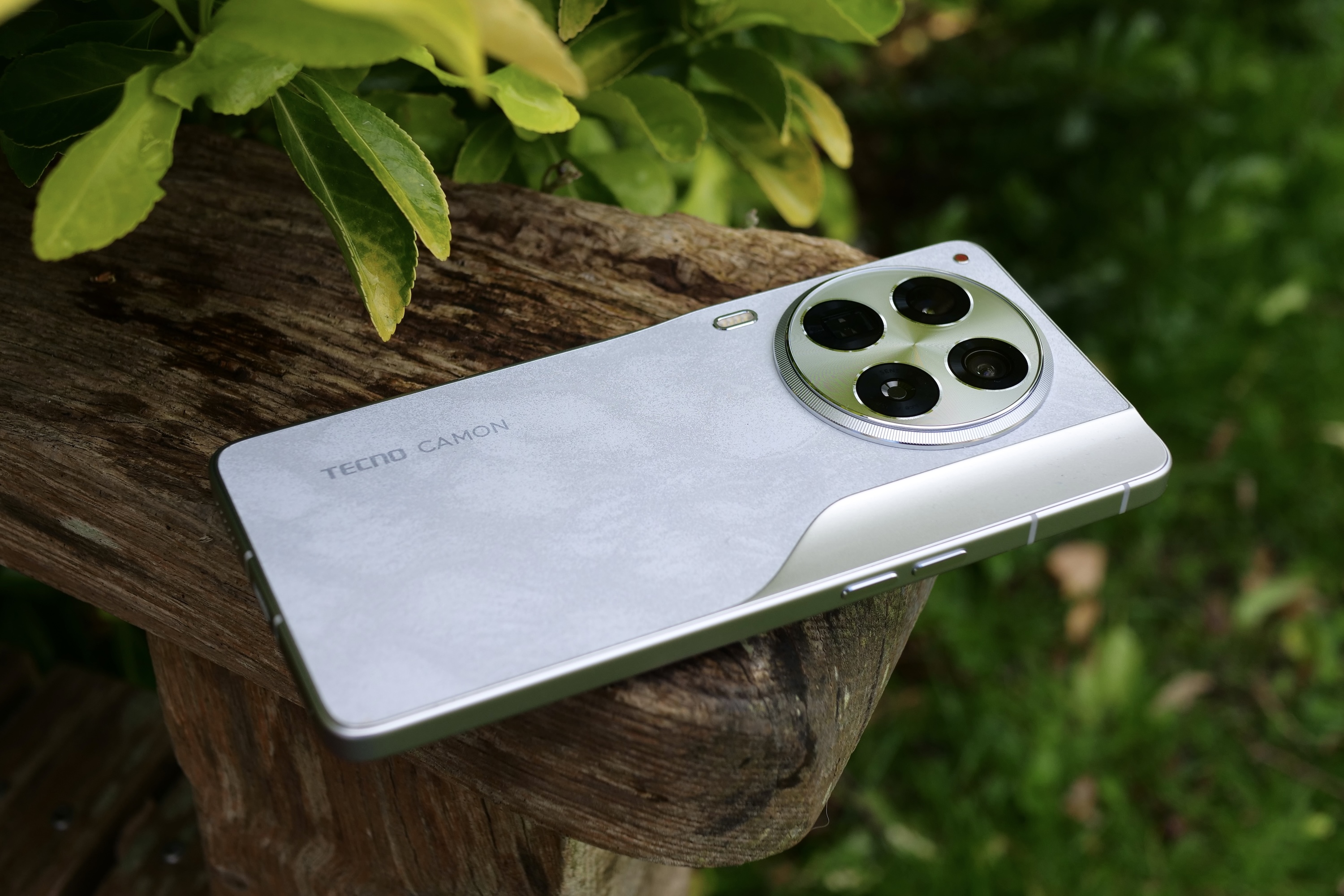
I’m all for a lot of detail, and love to hear about the new technology that’s inside a smartphone I’m about to test, but when I have to search for an explanation of what something means, it’s not a good start. The Tecno Camon 30 Premier suffers from this problem, as it has a lot of cool camera tech that is explained in a mystifying way.
So, I thought the best thing to do was to just ignore the tech speak and find out if it takes great photos the old-fashioned way.
What’s the problem?

The Tecno Camon 30 Premier has four cameras — on the rear, there’s a Sony IMX890 50-megapixel main camera, a 50MP wide-angle and macro camera, and a 50MP portrait camera, while on the front is another 50MP camera with autofocus and eye-tracking. It sounds good and also perfectly understandable. It’s all driven by Tecno’s new PolarAce imaging system, which has a Sony CXD5622G imaging chip at its heart that is apparently the first to provide “end-side FP16 floating-point computing with the power of 4.6TFLOPS@FP16.”
This doesn’t really mean anything to me, but it does apparently drive certain features that are somewhat understandable, such as 4K resolution AI-NR HDR video recording at 30 frames per second (fps), 4K portrait video, and 4K Ultra-night Vision video. It all sounds very specific and perfect for those classy demo scenes with beautifully lit beautiful people in beautiful locations, but what does it really mean when I’m taking photos and shooting videos at all other times?

It’s definitely the tech that makes the Camon 30 Premier’s camera special, but it does appear to be very video-centric and, therefore, potentially slightly limiting. Before we get into the camera, there are a few other things to know about the new phone first. It has a MediaTek Dimensity 8200 Ultimate processor and 12GB of RAM.
There’s a 6.77-inch AMOLED screen with a 120Hz refresh rate, a 5,000mAh battery with 70-watt wired charging, and an unusual suede-like, fake-leather-ish cover over the sculpted, swooping rear panel. See the little red dot above the camera? It’s a notification light for charging status and incoming calls. It’s a good design and a strong overall specification, so do the phone and camera live up to all these impressive-sounding specs?
Taking photos with the Camon 30 Premier

First, an apology. I didn’t notice the annoying watermark was on by default and only discovered it ruining the photos when I took them off the phone and put them on my computer. Still, at least you know these images were absolutely taken with the Tecno Camon 30 Premier, and I haven’t cheated and used a different phone for some reason. Secondly, as this is only an early hands-on test with the phone, we’re only looking at stills today.
On the positive side, the Camon 30 Premier’s camera has a pleasing, natural tone but also isn’t afraid to boost the saturation to create a striking photo. You can also capture a beautiful depth of field even with the main camera out of portrait mode. The 3x optical zoom shows plenty of detail and uses HDR to great effect. It’s clearly a capable camera, and I haven’t really explored all its ability yet, or taken a good look at video performance.
However, the software is very heavy-handed in some shots, using a lot of smoothing to reduce noise and artificially increase detail. This is very obvious in lowlight, even indoors. The photo of the church organ pipes — taken in a very dark corner of a church — looks great at a glance, but when you get closer, the boards on either side of the door appear blank where the software has smoothed them out. The pipes also lack texture and realism.
But I almost don’t care, as I’ve played around with the camera enough to really enjoy taking photos with it and have found it is capable enough to indulge me when I try to get creative. I may not really understand what Tecno’s going on about with its description of the PolarAce imaging system, and even whether it’s making any difference when taking still photos, but when the results are what I hoped for — and they are — I can forgive it.
Plenty of promise
- 1. 3x zoom
- 3. 3x zoom
The Tecno Camon 30 Premier’s camera has promise, and we’ll take a more in-depth look at its ability in the near future. How about the rest of the phone? It’s certainly unique, with the metal chassis extending only over the top edge of the rear and Tecno’s “Tech-Art” leather material in the Snowy Silver color seen in our photos. The phone is 7.9mm thick at its thinnest point, but the flat sides and additional thickness around the camera make it feel larger. Oddly, it feels lighter than the 210-gram weight suggests.
Tecno calls the 6.77-inch LTPO AMOLED its best screen yet, and it’s certainly bright and colorful, with a more vivid appearance than that of the Samsung Galaxy A55, which I directly compared it to. However, the Galaxy A55’s speakers have a fuller, bass-heavy sound than the Camon 30 Premier’s stereo speakers. It could be possible to alter the sound profile, but the Settings app keeps crashing when I try to access the sound menu.
I haven’t put my SIM card in the Camon 30 Premier to test the Android 14 and HiOS interface, but enjoyed using it on the Tecno Pova 6 Pro I lived with recently. The crashing Settings app puts me off a bit, though. However, I am using the phone ahead of its final release.
The Camon 30 Premier also refused to charge when I used an Apple USB-C charger, which regularly charges other devices, but it was fine when I tried a lower-power Anker charger, along with its own included 70W charger. These are small concerns, but not a great welcome to a brand new phone.
Excitement, tempered?

When Tecno talked about the PolarAce imaging system during Mobile World Congress (ACE), there was plenty of buzz and attention around it, and we were keen to test the system out. The company has come out with a variety of interesting, unusual, and surprisingly capable camera phones, and it appeared to be taking the new Camon 30 Premier very seriously indeed.
The result so far is an intriguing camera that clearly has a distinct look to its photos and potentially some exciting video features just waiting to be tested out. However, using the camera for stills shows that it’s good, but not always outstanding, with the software sometimes spoiling the image. We’re going to persevere with the Camon 30 Premier’s camera, as it is packed with different features and some of the stills have really impressed.

Tecno doesn’t sell its smartphones in the U.S. or the U.K., so you’ll have to work hard to get one. It’ll be out in May, with the price set to vary depending on where it’s released. The camera and the design make it tempting, but when I’ve already found a pretty annoying bug in the software after using it without a SIM card for the afternoon, it may be worth holding off before putting in some serious effort to get one right now.
If you’re looking for a new phone today, we’d suggest getting one from this list instead.
